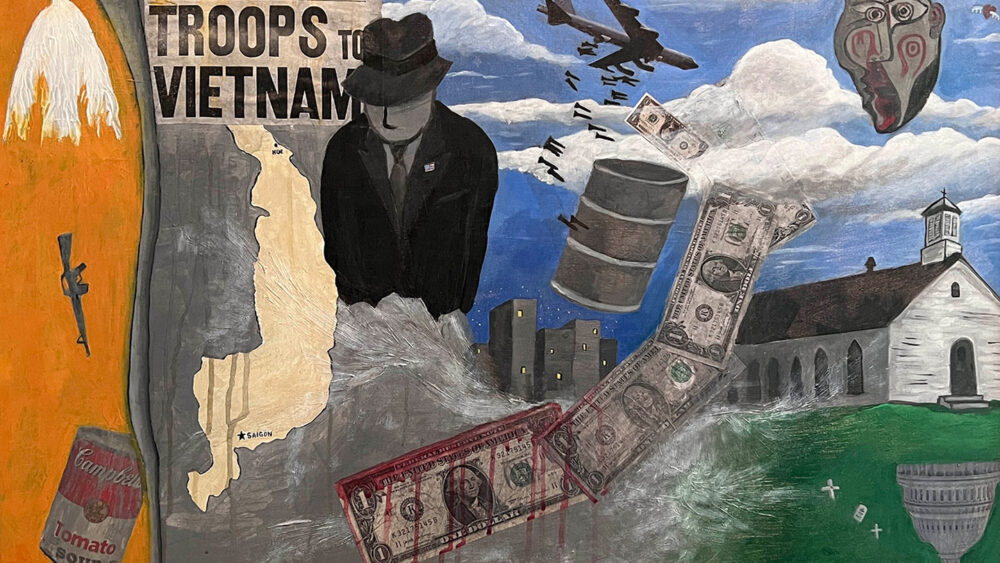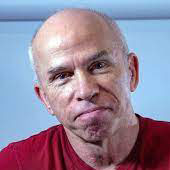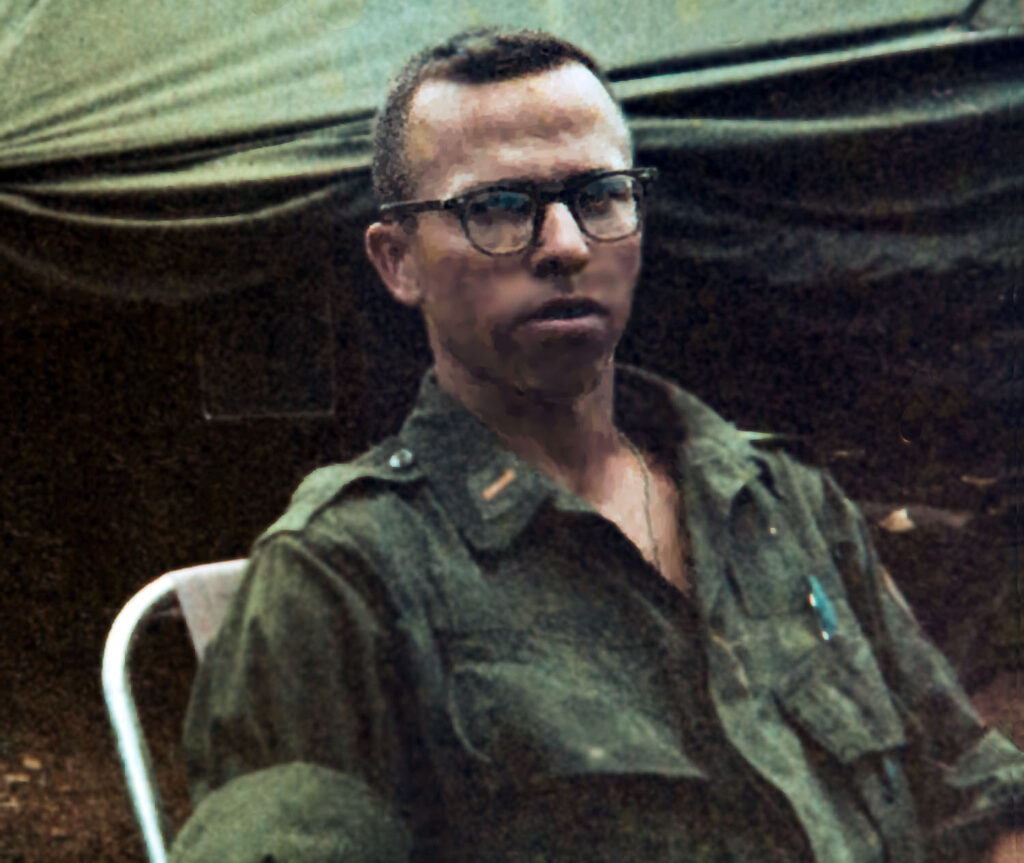On a wall just as you leave the Relic Room’s new Vietnam exhibit, you’ll see something you might not fully understand at once: a work of art – part painting, part collage – that reflects the personal experiences of an artist who served in the war.
You’d understand it better if you got to know the artist, Ron Hagell, who served in Vietnam in the late ’60s as a U.S. Army intelligence officer.
And here’s your chance do that: The artist himself will speak about the work, and his experiences, on Oct. 6 at noon at the South Carolina Confederate Relic Room and Military Museum in Columbia. The lecture is free and open to the public as part of the museum’s regular Lunch and Learn series.
Hagell is originally from Camden. He served as an Army officer during the peak of the war, his tour in-country spanning a period both before and after the Tet Offensive in early 1968. At first, he was with the 1st brigade of the 1st Infantry Division in III Corps. Just before Tet, he was transferred to the 199th Light Infantry Brigade near Bien Hoa.
His job was in the area of communications intelligence – intercepting and decoding radio messages between Viet Cong and North Vietnamese elements. He worked on that in connection with the Army Security Agency, then provided actionable intelligence to combat commanders in the field.
After his tour but while still in the Army, he earned a bachelor’s degree in political science and government from American University. Years later, he obtained a Master of Fine Arts degree from Columbia University. He has pursued a widely varied career in the arts. He has been a producer/director with the Public Broadcasting Service, and an executive with the Lifetime Network. For 20 years, he taught art practice at Royal Holloway, the University of London. He also has taught at the Rhode Island School of Design and Columbia University in New York.
He and his wife moved here to Columbia, her hometown, in 2014. He has been a self-employed artist since then.
All of that goes into the image you will see on the museum wall.
You might want to look it over and think about it a bit before the lecture, so you can bring good questions. Ron is counting on good questions. You can view it on the news page of the special website for the museum’s Vietnam exhibit, “A War With No Front Lines: South Carolina and the Vietnam War, 1965-1973.” Here’s the image.
And here’s a partial explanation (for more, attend the program) of some of the things you’ll see in the work:
- The church reflects his upbringing in South Carolina.
- The dove and the M-16 are about the war, and the different ways it was experienced by those who fought it and the folks back home. Ditto with the B-52, the map, and the newspaper headline.
- The silhouette of an urban skyline is there to suggest the “big cities” where he obtained his education.
- His art career is reflected in opposite corners, where you will see a Campbell’s soup can suggestive of Andy Warhol at the lower left, and Picassoesque mask in the upper right. Though Spanish, Pablo Picasso became famous working in France. And in Vietnam, “The French preceded us,” Hagell says. “The influence is quite noticeable.”
- The male figure in a suit and tie with a hat brim obscuring his eyes may look to many like a spy, but to Hagell it’s “more of a political figure” from the pre-Kennedy years –a pivotal time in the chain of events that pulled America into Southeast Asia.
You might see other things. Hagell urges you to come and share your impressions at the museum on Oct. 6. He wants to talk with you about it.





Comments are closed.